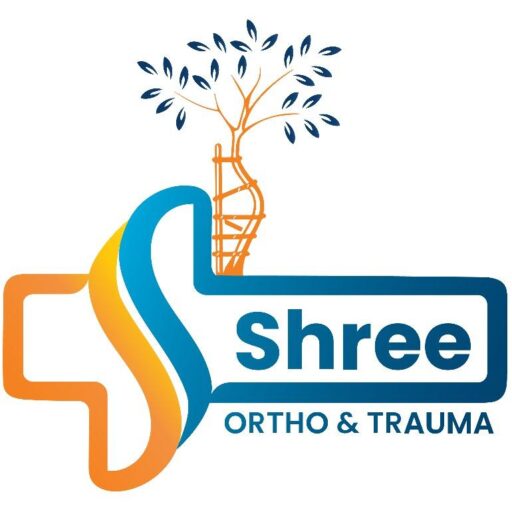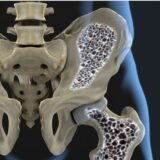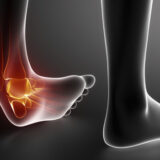- 3957/184, Gandhi Bhavan, KA, India
- info@shreeortho.in
- Mon - Sat 8:00 am - 10:00 pm | Sun - 8:00 am - 2:00 pm
- BOOK AN APPOINMENT
Specialities

Accident & Critical Care
Accident, Emergency & Critical Care (AECC) is a specialized medical field focused on immediate treatment for life-threatening conditions. It involves rapid assessment, resuscitation, and stabilization of critically ill or injured patients. Emergency departments handle trauma, cardiac arrests, strokes, and other acute conditions, ensuring swift interventions. Critical care units provide advanced monitoring and life support for severely ill patients. AECC integrates expertise from emergency medicine, anesthesiology, and intensive care to improve survival and recovery outcomes.

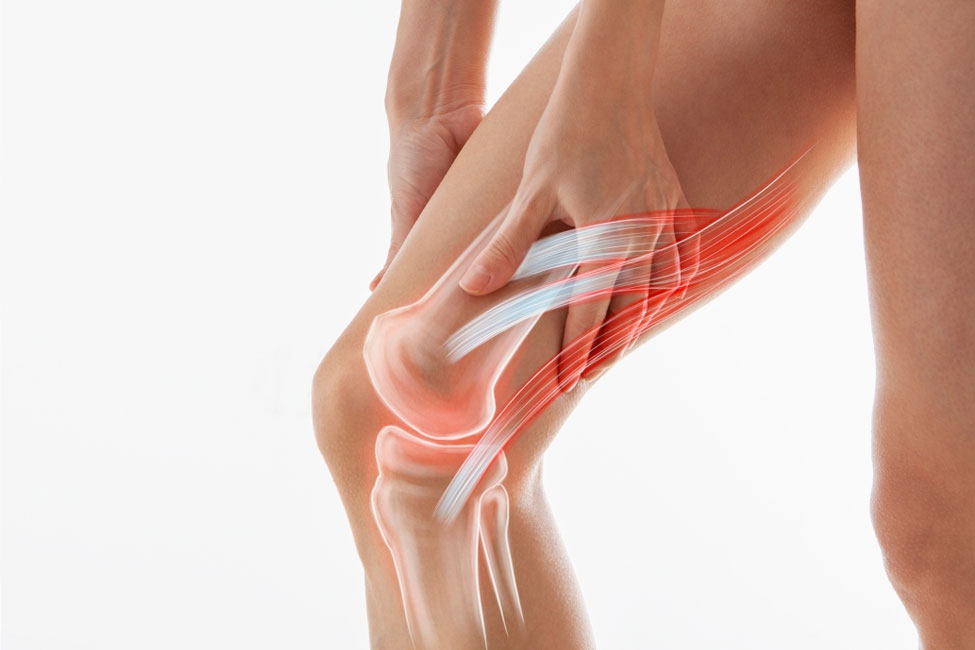
Polytrauma & Fracture
Polytrauma refers to multiple traumatic injuries affecting different body regions or organ systems, often life-threatening. Fractures, common in polytrauma, involve broken bones due to high-impact forces like accidents or falls. Management requires rapid assessment, stabilization, and multidisciplinary care to prevent complications. Early intervention, including surgery and rehabilitation, improves recovery and functional outcomes.
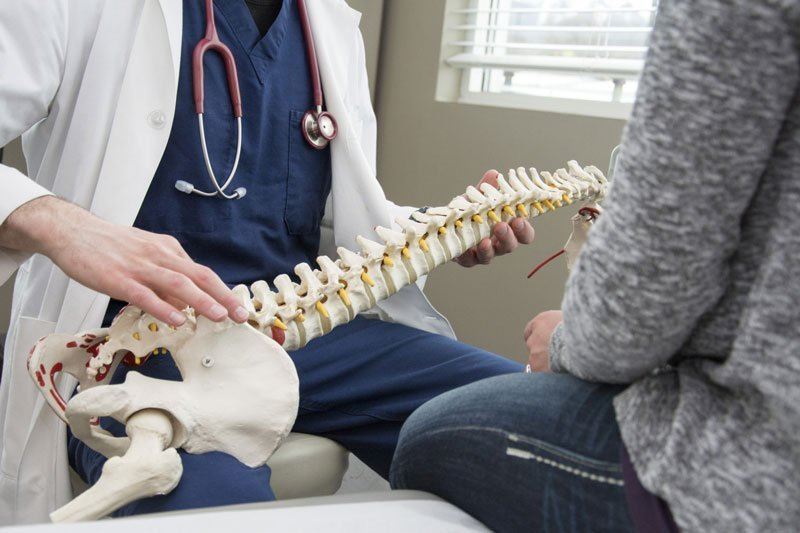
Spine Surgery
Spine surgery is a medical procedure to treat spinal conditions like herniated discs, spinal stenosis, or fractures. It can be minimally invasive or open surgery, depending on severity. Common techniques include spinal fusion, laminectomy, and disc replacement. Advances in robotics and navigation improve precision, reducing recovery time. Proper rehabilitation is crucial for optimal recovery.

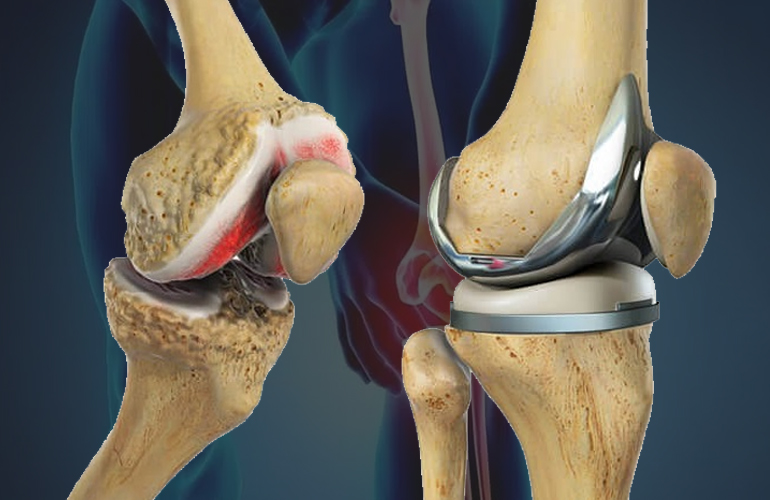
Knee Replacement
Knee replacement, or knee arthroplasty, is a surgical procedure to replace damaged knee joints with artificial implants, typically made of metal and plastic. It is commonly performed for patients with severe arthritis or knee injuries that cause chronic pain and mobility issues. The procedure can be total or partial, depending on the extent of damage. Recovery involves physical therapy to restore strength and movement. Most patients experience significant pain relief and improved function post-surgery. Risks include infection, blood clots, and implant wear over time. Advancements in robotic-assisted surgery and customized implants have improved precision and outcomes for patients.
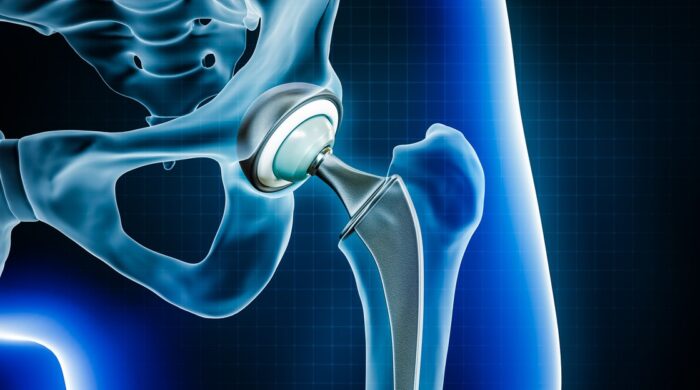
Hip Replacement
Hip replacement is a surgical procedure where a damaged hip joint is replaced with an artificial implant to relieve pain and restore mobility. It’s commonly performed for arthritis, fractures, or joint degeneration. The procedure can be total or partial, using metal, plastic, or ceramic components. Recovery involves physical therapy and lifestyle adjustments. Modern techniques, like minimally invasive surgery, improve outcomes. Most patients regain mobility within months, significantly enhancing their quality of life.

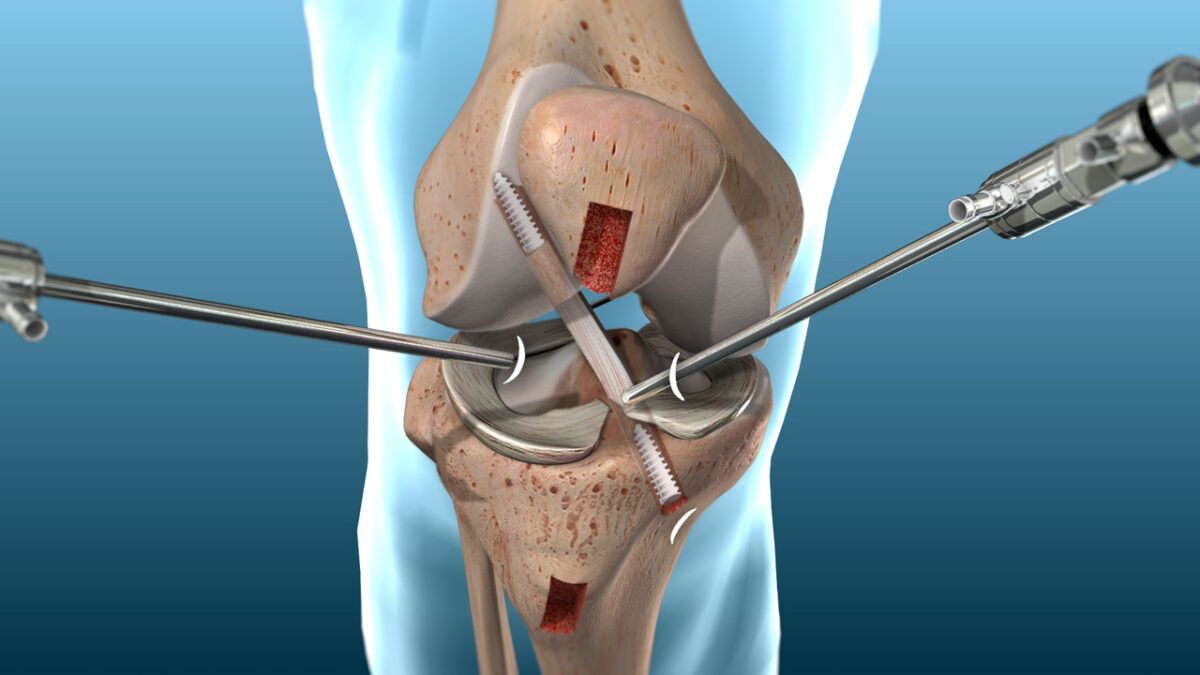
Keyhole Arthroscopy
Keyhole arthroscopy is a minimally invasive surgical procedure used to diagnose and treat joint problems. It involves inserting a tiny camera (arthroscope) through a small incision, allowing surgeons to view, repair, or remove damaged tissue. Commonly performed on knees, shoulders, and hips, it reduces recovery time, scarring, and infection risks compared to open surgery. Patients typically experience less pain and faster rehabilitation, making it a preferred method for treating joint injuries and conditions.
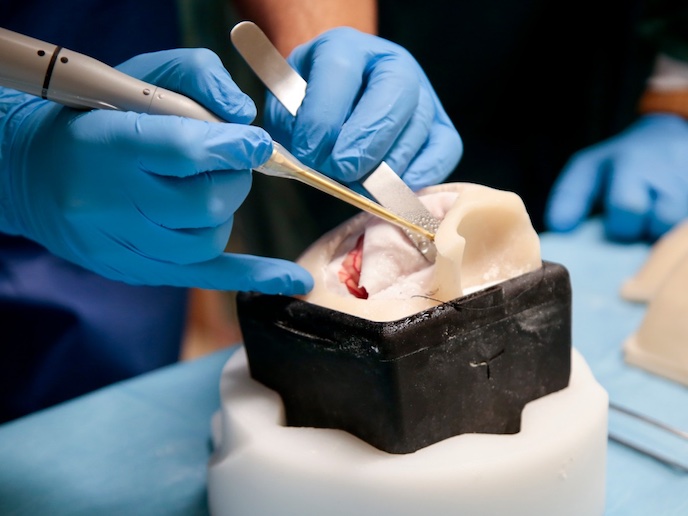
Neurosurgery
Neurosurgery is a specialized medical field focused on diagnosing and surgically treating disorders of the brain, spine, and nervous system. It involves procedures for conditions like brain tumors, spinal cord injuries, aneurysms, and epilepsy. Neurosurgeons use advanced techniques, including minimally invasive and robotic-assisted surgery, to improve patient outcomes. This demanding discipline requires years of rigorous training, precision, and continuous learning to keep up with evolving medical advancements and improve neurological care.

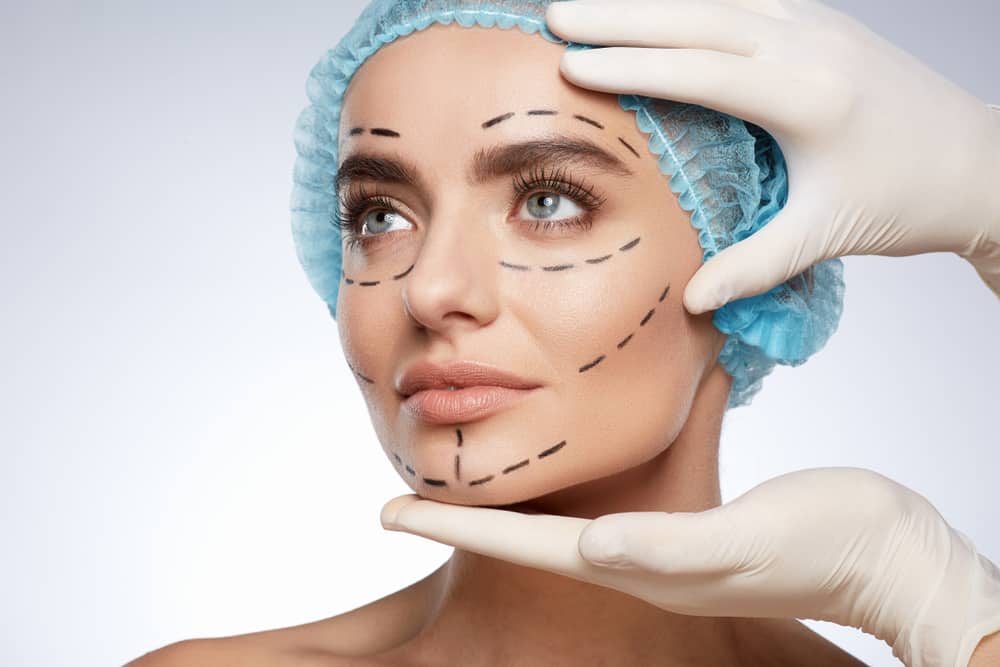
Plastic Surgery
Plastic surgery is a medical specialty focused on reconstructing or enhancing body features. It includes reconstructive surgery for injuries, birth defects, or medical conditions and cosmetic procedures to improve appearance. Common surgeries include rhinoplasty, breast augmentation, facelifts, and liposuction. While it boosts confidence, risks like infection and scarring exist. Advancements in technology, like minimally invasive techniques, improve safety and results. Ethical considerations and realistic expectations are crucial for successful outcomes.
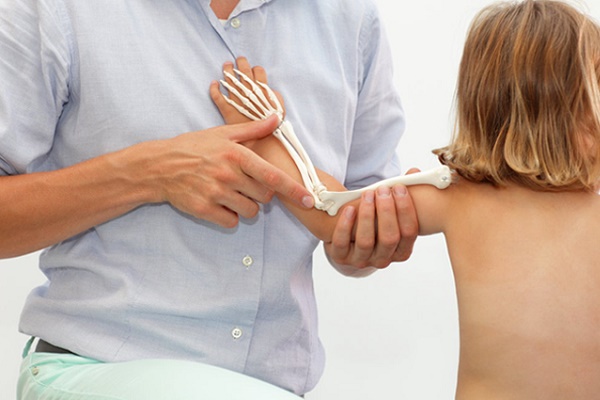
Paediatric Ortho
Paediatric orthopaedics and deformity correction surgery focus on diagnosing, treating, and correcting musculoskeletal disorders in children. Conditions like clubfoot, scoliosis, hip dysplasia, and limb length discrepancies require specialized surgical and non-surgical approaches. Growth modulation, osteotomies, and external fixation are common techniques used to restore function and alignment. Early intervention is crucial to ensure proper bone development and mobility. Advances in technology, such as 3D planning and minimally invasive surgery, enhance outcomes for young patients.

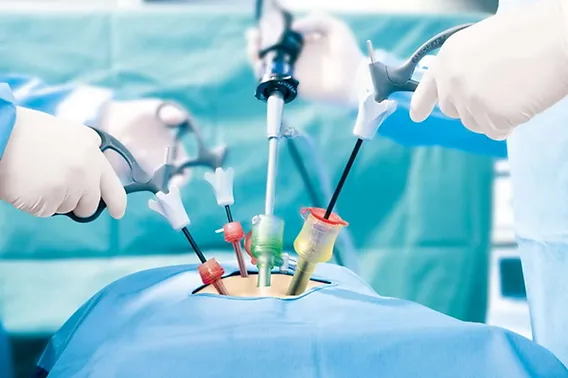
General Surgery
General surgery focuses on treating conditions affecting the abdomen, digestive tract, skin, and soft tissues. Laparoscopy, a minimally invasive surgical technique, uses small incisions and a camera to perform procedures with precision. It reduces recovery time, pain, and scarring compared to traditional open surgery. Common laparoscopic procedures include gallbladder removal, hernia repair, and appendectomy. Advancements in technology continue to enhance surgical outcomes, making laparoscopy a preferred choice for many general surgical interventions.
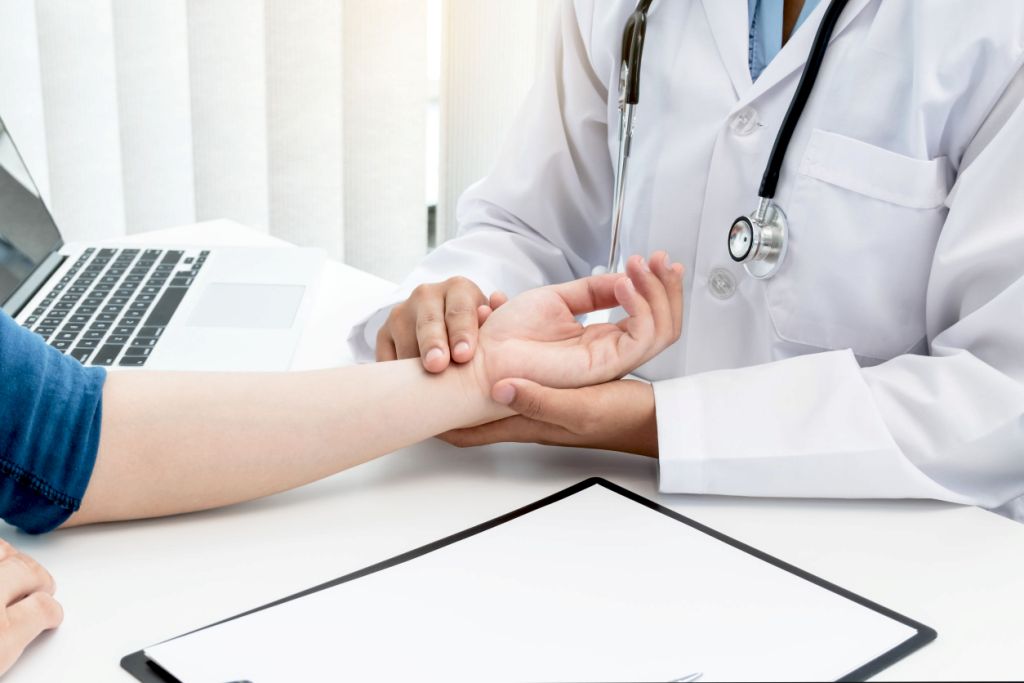
General Medicine
General medicine focuses on diagnosing, treating, and preventing a wide range of diseases in adults. It covers conditions affecting various systems, including cardiovascular, respiratory, gastrointestinal, and endocrine. Physicians in this field, known as internists, manage chronic illnesses like diabetes and hypertension while addressing acute infections and health concerns. They emphasize preventive care, lifestyle modifications, and early disease detection. General medicine serves as the foundation of healthcare, guiding patients toward specialized treatments when necessary.

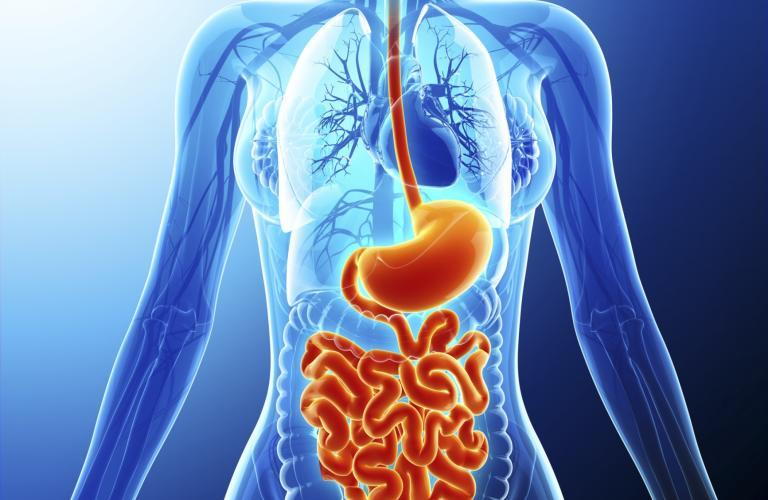
Gastroenterology
Gastroenterology is a branch of medicine that focuses on the diagnosis, treatment, and prevention of diseases related to the digestive system, including the stomach, intestines, liver, pancreas, and gallbladder. It encompasses conditions such as acid reflux, Crohn’s disease, irritable bowel syndrome (IBS), liver disorders, and colorectal cancer. Gastroenterologists use various diagnostic tools, including endoscopy and imaging, to identify problems and develop appropriate treatment plans. The field also involves research into gastrointestinal diseases and innovative treatments.

Urology
Urology is a branch of medicine focused on the diagnosis, treatment, and management of disorders related to the urinary system and male reproductive organs. It includes conditions such as urinary tract infections, kidney stones, prostate problems, and bladder disorders. Urologists also address male infertility, erectile dysfunction, and cancers of the urinary system. Treatments range from medication to surgeries like prostatectomy and kidney transplant, depending on the condition’s severity and nature.

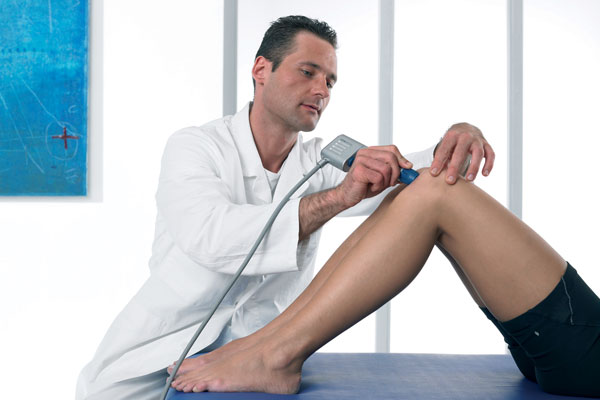
Advanced physiotherapy
Advanced physiotherapy using laser, electromagnetic, and shockwave therapies provides effective treatments for pain relief, muscle rehabilitation, and tissue healing. Laser therapy uses focused light to reduce inflammation and promote cellular repair. Electromagnetic therapy stimulates tissue regeneration by applying electromagnetic fields, while shockwave therapy targets chronic pain and improves circulation by delivering high-energy acoustic waves. These therapies are non-invasive and are commonly used to treat musculoskeletal conditions, improve mobility, and accelerate recovery.
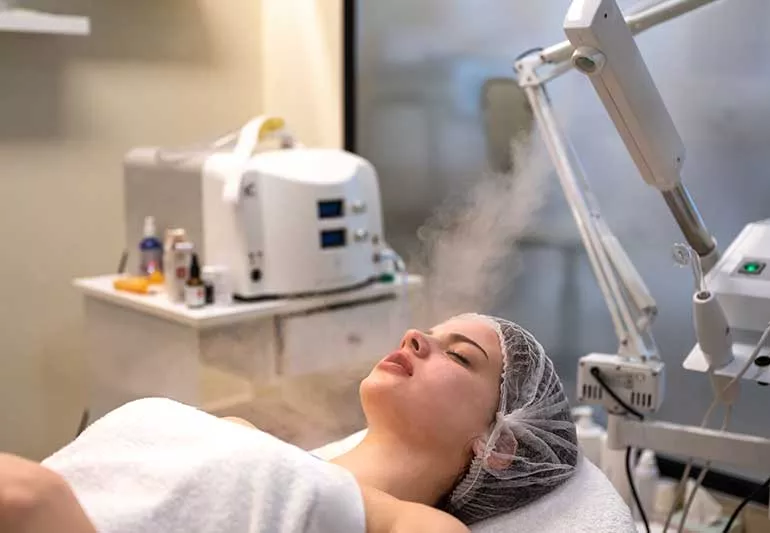
Ozone Therapy
Ozone therapy involves the medical use of ozone (O₃) gas to treat various conditions. It works by increasing oxygen levels in the body, stimulating the immune system, and improving circulation. Common applications include treating infections, chronic pain, and promoting wound healing. The therapy is often administered through injections, ozone-infused water, or ozone saunas. While proponents claim numerous benefits, its effectiveness remains debated, and it’s essential to consult with a healthcare professional before pursuing treatment.

